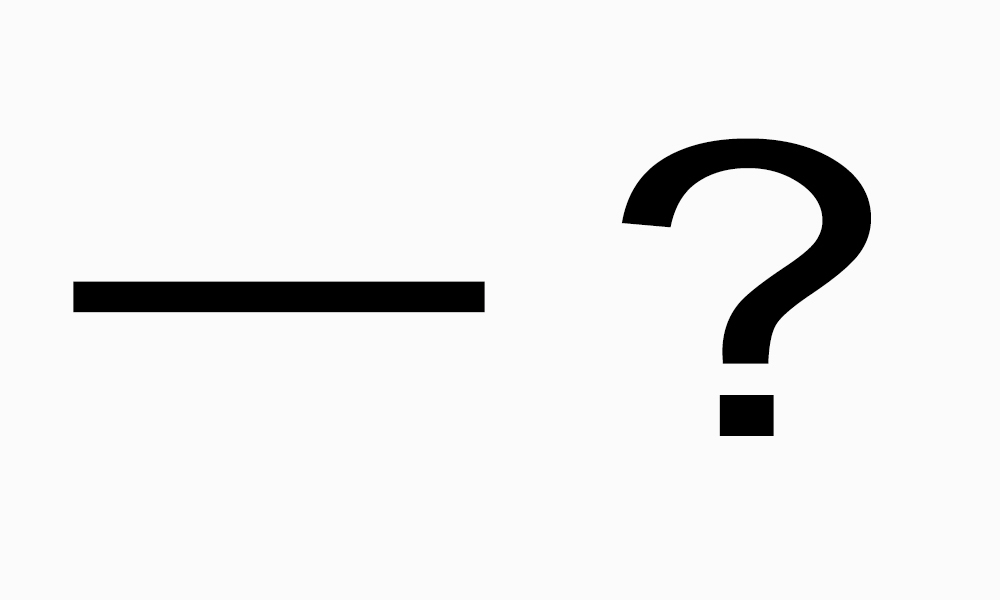
A COMMON, but annoying, mistake in written English is to insert hyphens where they aren’t needed.
“My software is up to date” does not need hyphens, but “up-to-date software” does. “Susan, a mother of two” doesn’t require hyphens, but “Mother-of-two Susan” does.
You see the distinction? The hyphens are required when the phrase is used to describe a noun. The description, though it might not contain adjectives, becomes adjectival.
Newspapers use hyphens when they split words over two lines.
This is usually only done in justified type (where all lines of a paragraph fill the column width except the last one).
But we wouldn’t split words over two lines in ragged type, such as this column you are reading.
The most interesting and debatable use of the hyphen, in my opinion, is with prefixes such as de-, pre-, re-, and non-.
I think “re-investigate” should always take a hyphen because “reinvestigate” looks unwieldy.
I believe “pre-washed” also needs a hyphen, but I am happy to do without in “repainted”.
The use of hyphens in this way is subjective.
My rule is that if, at the very first glance, it isn’t absolutely clear what a word with a prefix is trying to say, then consider inserting a hyphen.

Enjoy the convenience of having The Sunday Post delivered as a digital ePaper straight to your smartphone, tablet or computer.
Subscribe for only £5.49 a month and enjoy all the benefits of the printed paper as a digital replica.
Subscribe